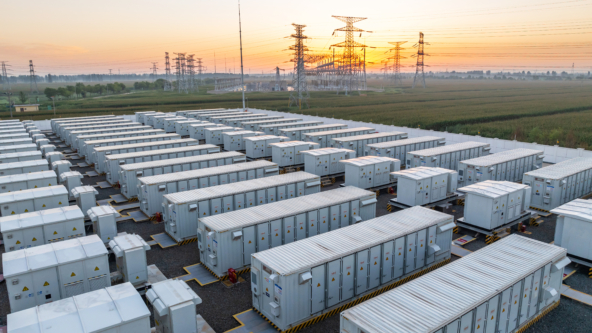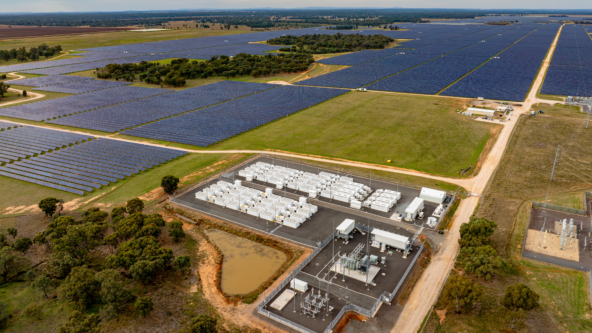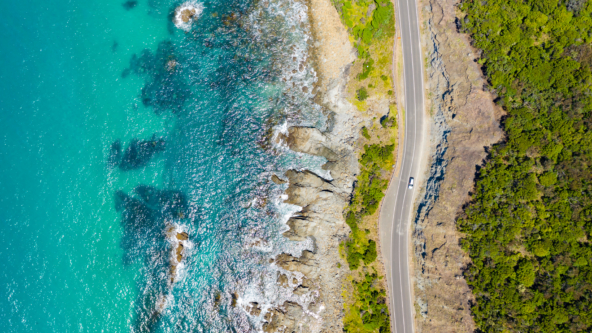The announcement that Victoria’s Yallourn power station, a coal-fired plant that currently provides up to 20% of the state’s energy needs, will be closing in 2028, four years earlier than previously planned, emphasises not only the appeal of alternative energy solutions but also the urgency to implement the solutions fast.
It also points to the massive investment opportunity institutions and their end-investor clients are clamouring for a piece of.
Yallourn is just the latest in a raft of similar announcements in recent years, including the 1,680mw Liddell coal power plant in Muswellbrook, NSW, which is due to close in 2025. The Northern and Hazelwood coal-fired power stations in South Australia and Victoria closed in 2015 and 2017.
The question is: What will this “shunning” mean for investors? In this wire, we go to one of the largest owners of renewable energy projects in Europe to assess the scale of the opportunity opened up as:
- US$800 billion of capital is tipped into renewables over 10 years
- Urgency rises as coal-fired power plants close across Australia
- Large institutions such as super funds implement renewable energy targets
Who is Octopus?
Kicking off in 2018, the local operation is part of the global Octopus Group founded in 2000, which manages more than $6.5 billion in energy assets that are located mostly in Europe.
The third-largest owner of renewable energy projects in Europe, and one of the largest in Australia, it owns some 260 renewable energy sites – on behalf of wholesale and institutional investors – in the UK, South Korea and Australia. Octopus’s local reach has expanded rapidly, owning Australia’s largest solar plant, a 333mw facility in Darlington Point, NSW.
Australia also has a massive addressable market for investment in the sector, given Australia still relies on fossil fuel sources – predominantly coal and gas – for between 70% and 80% of its power needs. “We’re still at the start of the renewable energy journey, whereas Europe and the US are probably about five to seven years more advanced,” Reynolds says.
“Decarbonisation” is a word on the lips of fund managers, super funds and other parts of the global financial sector. One of the world’s largest fund managers, BlackRock, last year announced it was stepping away from thermal coal investments within its active funds. And GMO’s Jeremy Grantham has in recent years pledged a large chunk of his US$1 billion personal fortune to the cause of climate change.
But many retail investors remain sceptical about the opportunities presented by renewables.
Renewable energy: problems and solutions
“It hasn’t been a happy hunting ground for everyone,” says Reynolds. And this is particularly true in Australia, where he singles out our patchy national power grid as the number one risk.
Many renewable energy assets in Australia have been plagued by grid issues, which delay the powering-up of projects and their ability to generate revenue. Grid-related issues also create “loss factors”, with power essentially leaking out as it passes along transmission networks.
In simple terms, plonking a solar farm somewhere with abundant sunlight, or a wind turbine in the gustiest location, is far from the whole story.
Octopus has addressed some of these problems by building out a local team that has between 10- and 15-years’ experience working on power grids. “For our investors, it means we know the asset from the start, we know community engagement has been done right and that the grid is there,” Reynolds says.
Some of the other challenges include a lack of Federal Government support and a shortage of high-quality power purchase agreements. PPAs are forward agreements with energy retailers or large corporations that lock in 60% or more of renewable energy projects’ revenue requirements.
Brighter days ahead for local renewable investment
There are reasons for optimism, largely driven by more proactive efforts of state governments versus the slower action on climate change from Canberra. These include:
- Renewable energy zones in NSW, Queensland and Victoria – Dedicated areas with more stable access to the power grid, where governments allocate a certain level of megawatt capacity supplied by a combination of wind, solar battery storage and pumped hydro-electricity.
- Transmission line upgrade and investment – Reynolds says premiers in NSW and Victoria are stepping outside the federal example in seeking to encourage more renewables projects. “And these are a Liberal and a Labor government, so it’s not politically-based, it’s just that the Federal Government is taking too long.”
The closure of many of Australia’s “brown coal” power stations as they reach the end of their operational lives, as mentioned earlier, is also driving the demand for more renewable energy projects
“But it’s got to be done in an orderly way because we don’t want to see power price spikes,” says Reynolds.
“The challenge for governments is when these plants close early – that’s when they’re almost at panic stations in trying to solve where they’re going to find that generation.”
In Victoria, for example, the closure of the Yallourn power station will remove 20% of current electricity generation capacity.
Capital waiting to be deployed
But he says the investment demand is there, with around 80% of Octopus’s institutional investor clients looking to increase exposure to renewables.
Australian superannuation funds are among the local institutions pushing into the space, four or five having begun investing in renewables. Some are also coming out with their own net zero emissions targets for portfolios by 2050, including AustralianSuper, HESTA, Cbus Super and Aware Super – a tie-up of public sector super funds First State Super and VicSuper.
“We have this wall of capital wanting to get into this sector. It’s happening in Europe and it’s happening in the US,” says Reynolds. But internal rates of return in these markets remain quite low because of the large amount of capital chasing renewables.
“Australia’s still offering high single-digit IRRs, and that’s the opportunity for investors,” Reynolds says.
“But these super funds need to get hundreds of million in assets under management away. They’re going to want really large ticket sizes, and so renewables projects, things like pumped hydroelectricity, can give them that.”
“And we want as much of that to be ploughed into the Australian market as possible. When you get to that level, that’s when the cost of capital starts to come down, when energy price starts to come down and when a sector like this really starts to hum,” Reynolds says.
“That’s why we see it as the hottest sector in the world.”


